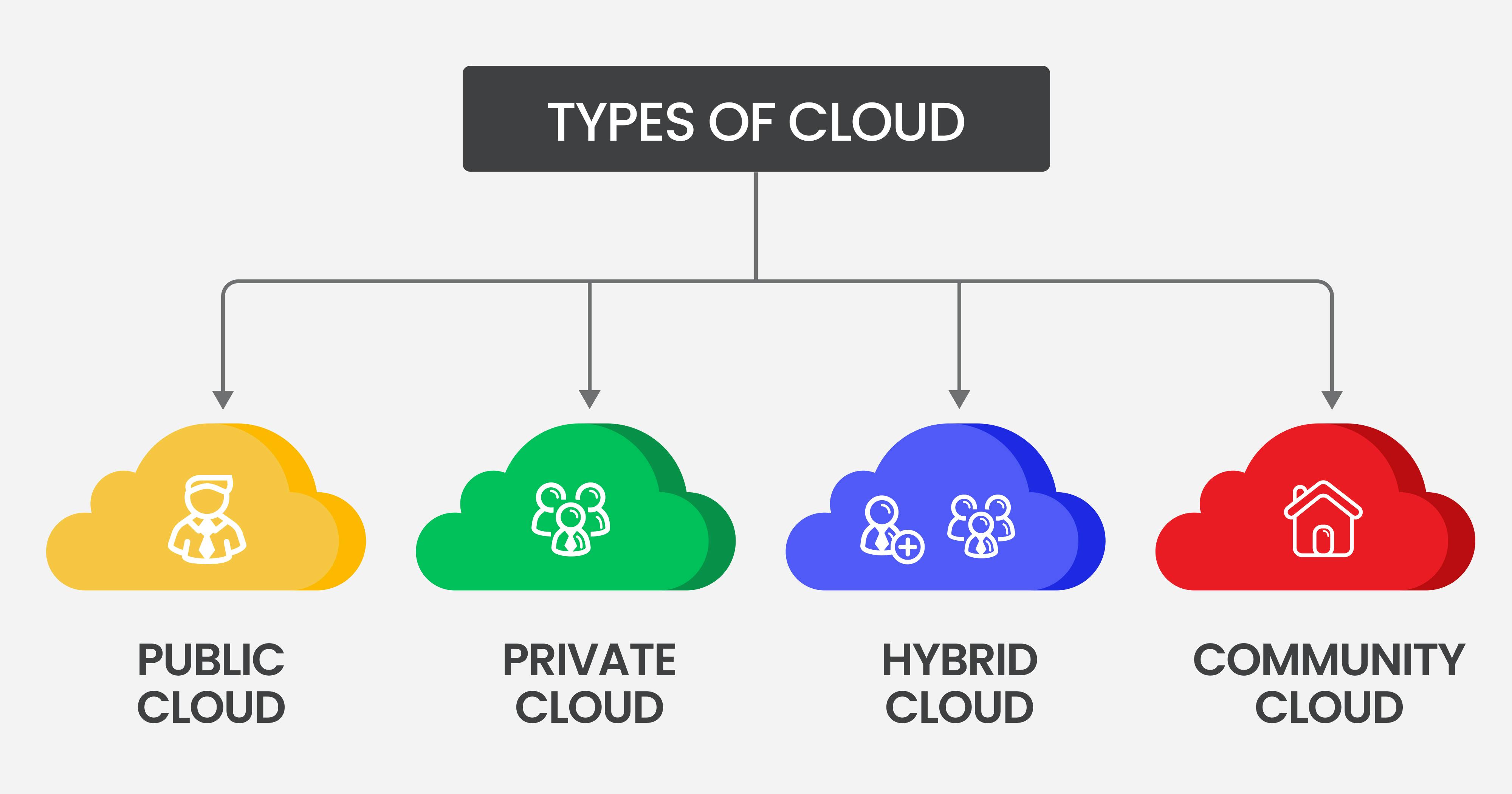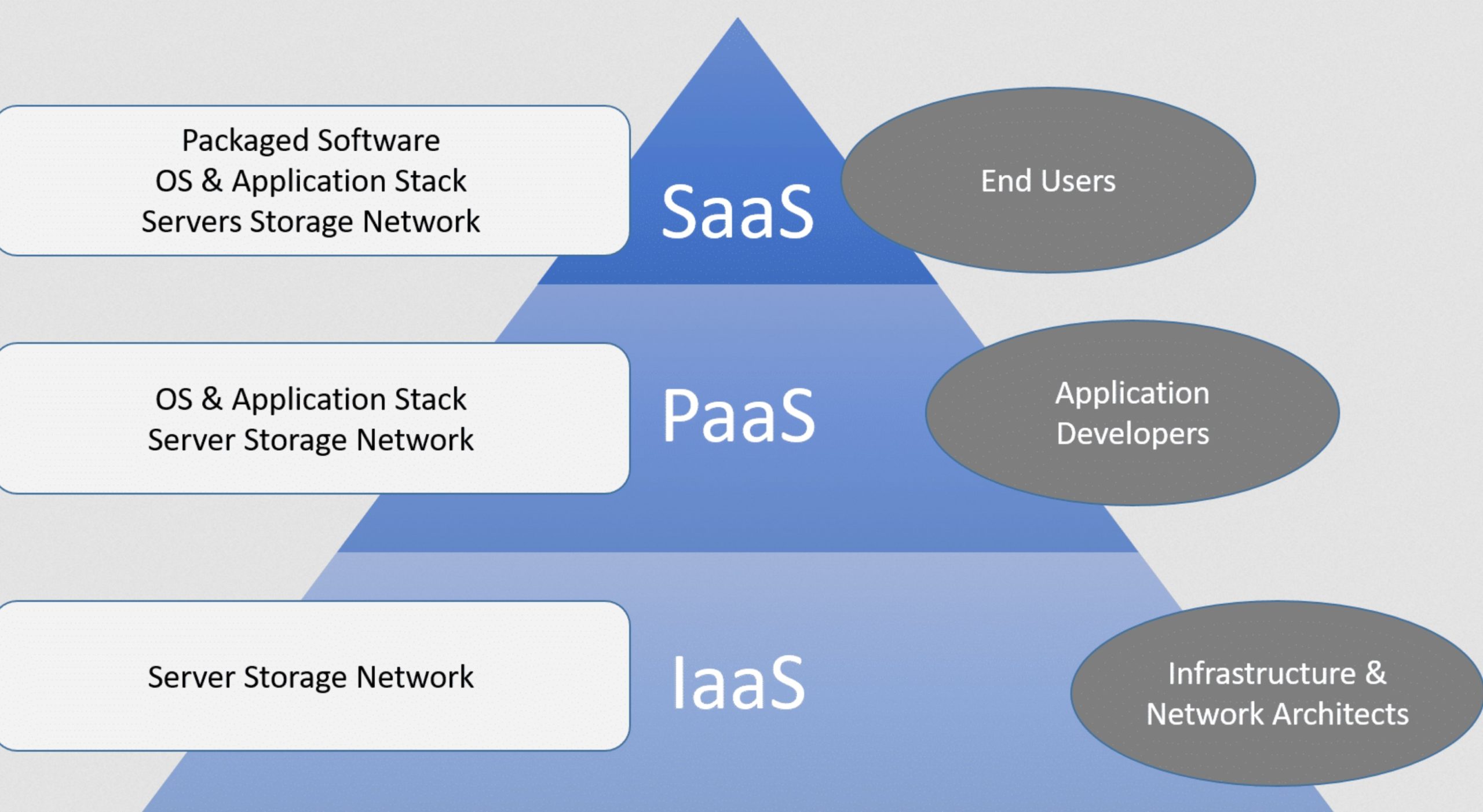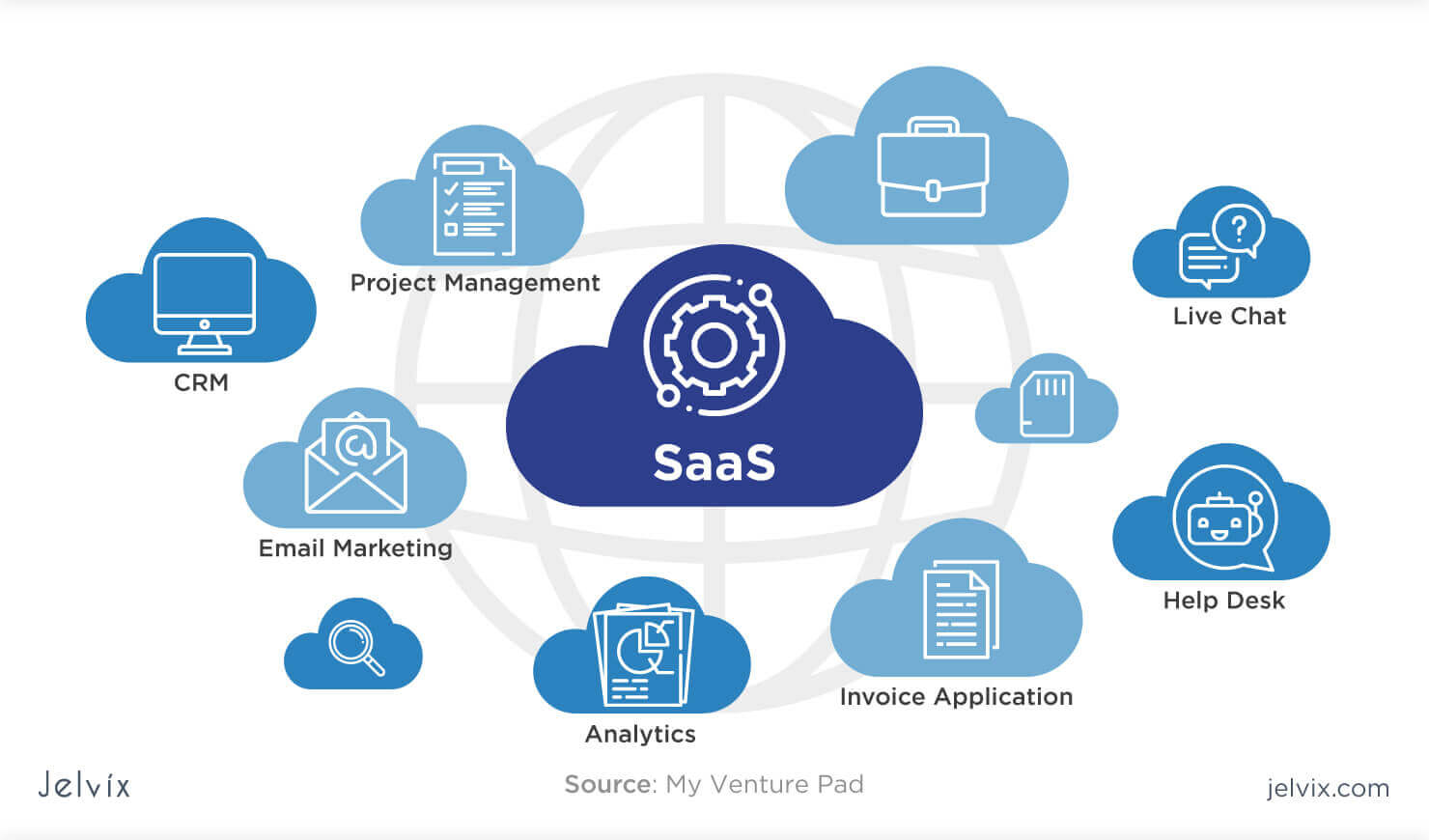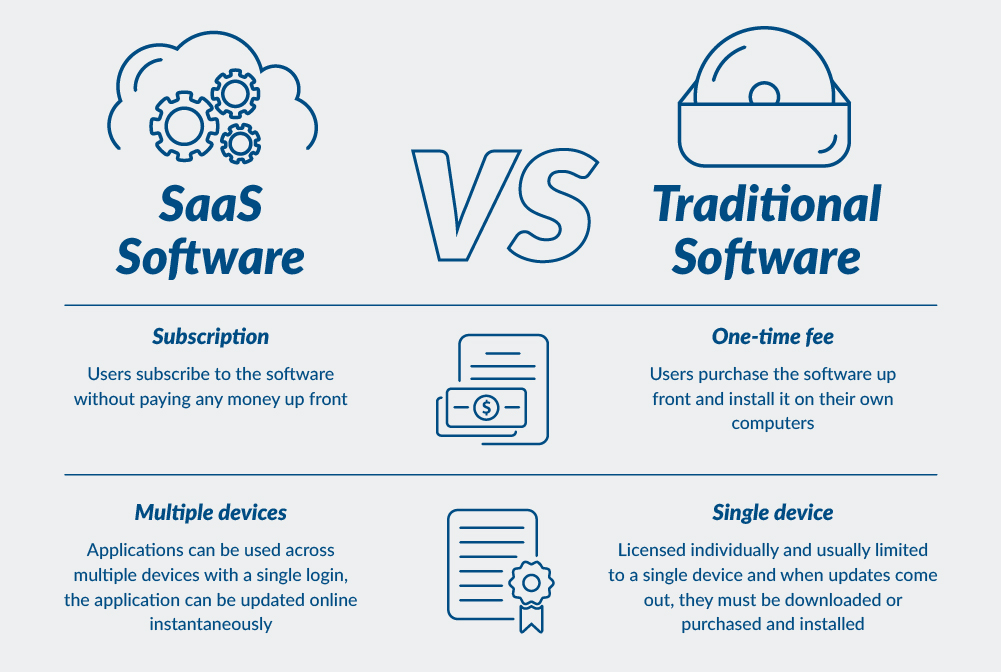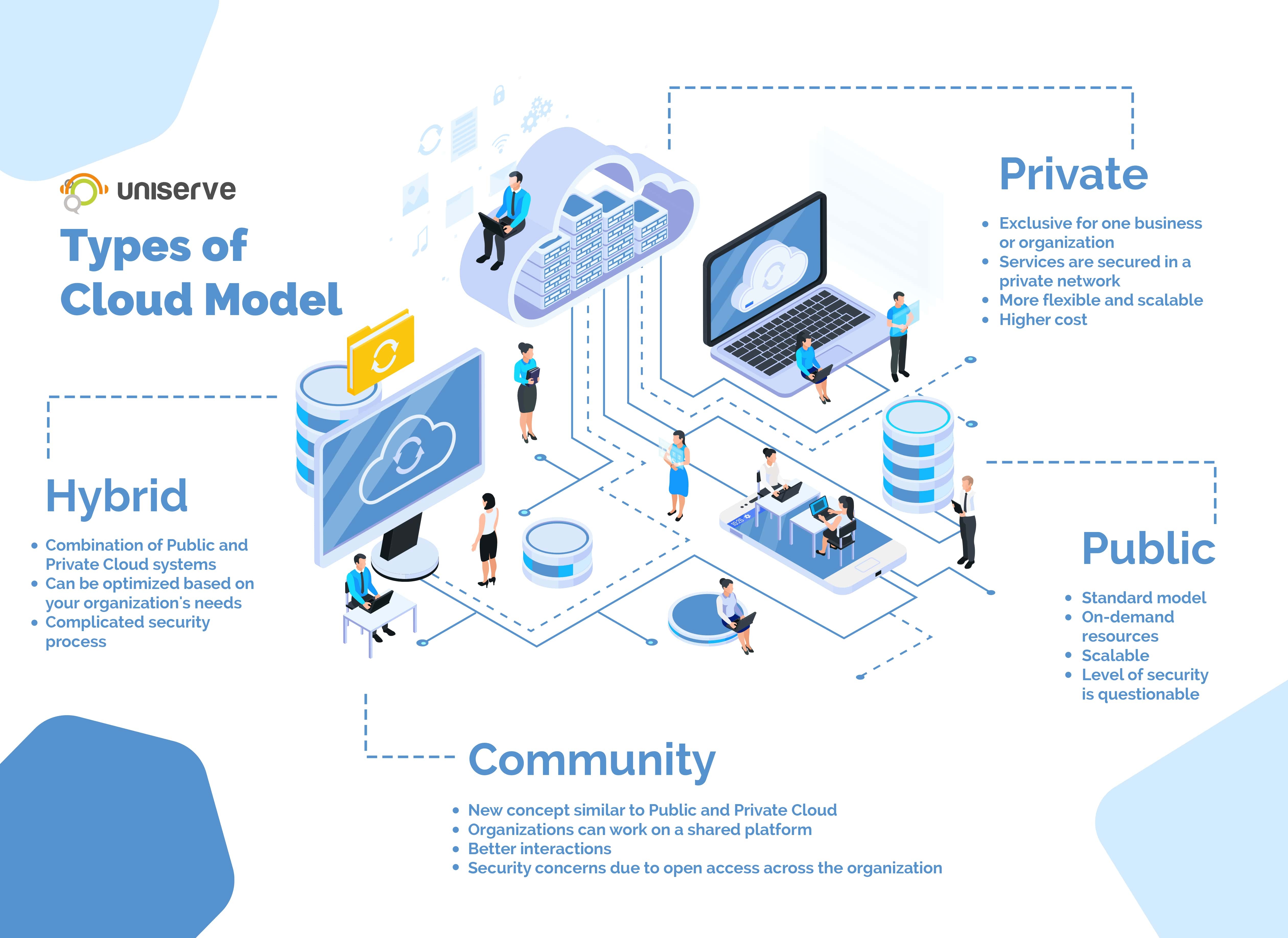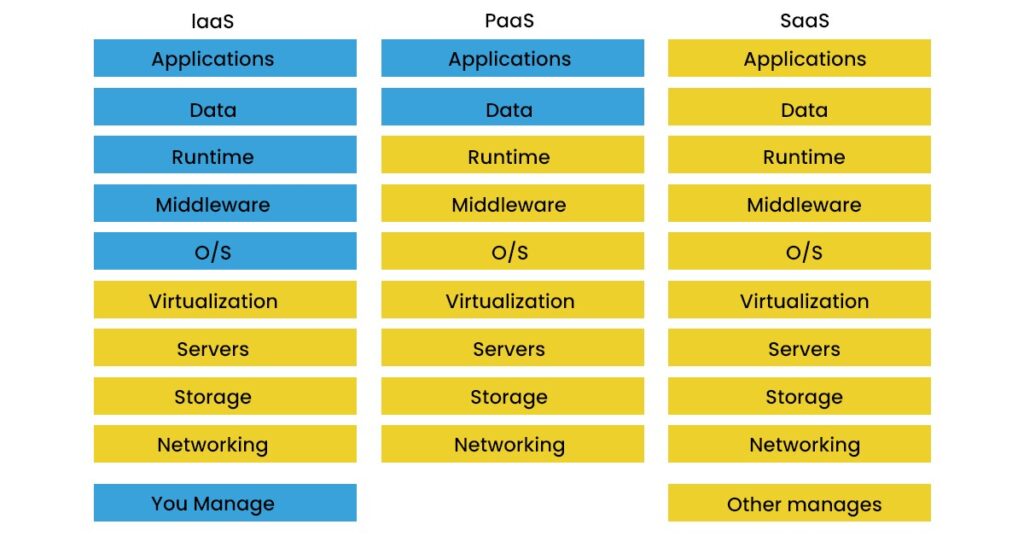The Three Main Types of Cloud Services
Cloud services have become an integral part of modern businesses, enabling them to leverage the power of the cloud for scalability, flexibility, and cost savings. When exploring the different options available, it’s essential to understand the three main types of cloud services: Infrastructure as a Service (IaaS), Platform as a Service (PaaS), and Software as a Service (SaaS). Each model offers unique benefits and caters to specific use cases.
Infrastructure as a Service (IaaS): A Closer Look
Infrastructure as a Service (IaaS) represents the foundational layer of cloud services, providing virtualized computing resources, such as servers, storage, and networking, over the internet. IaaS offers numerous benefits, including cost efficiency, scalability, and flexibility, making it an ideal choice for businesses seeking to minimize capital expenditures while maintaining control over their IT infrastructure.
Popular IaaS providers include Amazon Web Services (AWS) EC2, Microsoft Azure Virtual Machines, and Google Compute Engine. These platforms offer on-demand access to computing resources, enabling businesses to quickly scale up or down as needed, without the need for significant upfront investment.
IaaS is particularly well-suited for businesses requiring high levels of customization and control over their IT infrastructure. By leveraging IaaS, organizations can build, test, and deploy applications and services in a scalable and secure environment, without the need to maintain physical hardware.
Platform as a Service (PaaS): Features and Applications
Platform as a Service (PaaS) is an intermediate cloud service model that offers a complete development and deployment environment, allowing businesses to create, test, and deploy applications without managing the underlying infrastructure. PaaS platforms typically include tools for application design, development, testing, and deployment, making them an attractive choice for businesses seeking to streamline their software development lifecycle.
Popular PaaS providers include Google App Engine, Heroku, and Microsoft Azure App Service. These platforms cater to various programming languages and frameworks, enabling developers to build applications using their preferred tools and technologies.
PaaS offers several key benefits, such as managed infrastructure, simplified application management, and seamless scalability. By abstracting away the underlying infrastructure, PaaS enables developers to focus on application development, rather than managing servers, storage, or networking.
Software as a Service (SaaS): Advantages and Limitations
Software as a Service (SaaS) is the most widely recognized type of cloud service, providing businesses with access to software applications over the internet. SaaS offerings range from productivity tools, such as Microsoft Office 365 and Google Workspace, to customer relationship management (CRM) systems, such as Salesforce and Zoho CRM.
SaaS offers numerous advantages, including ease of use, low maintenance, and rapid deployment. By leveraging SaaS, businesses can reduce their total cost of ownership (TCO) and accelerate time-to-market for new products and services.
However, SaaS also has limitations, such as limited customization options and potential data security concerns. Businesses must carefully evaluate their SaaS options, considering factors like data privacy, integration with existing systems, and long-term cost implications.
How to Choose the Right Cloud Service Model
Selecting the appropriate cloud service model is crucial for businesses to maximize their cloud investments and achieve their objectives. When evaluating IaaS, PaaS, and SaaS options, consider the following factors:
- Cost: Assess the total cost of ownership, including upfront costs, ongoing fees, and potential scaling expenses.
- Scalability: Determine the level of flexibility required to accommodate growth and fluctuating demand.
- Security: Evaluate the security features and data protection measures provided by each cloud service model.
- In-house Expertise: Consider the available resources and expertise to manage and maintain each cloud service model.
By carefully weighing these factors, businesses can make informed decisions about the most suitable cloud service model for their specific needs and goals.
Emerging Cloud Service Models
In addition to IaaS, PaaS, and SaaS, several newer cloud service models have emerged, offering unique value propositions for businesses. Two such models are Function as a Service (FaaS) and Container as a Service (CaaS).
Function as a Service (FaaS): On-Demand Computing
FaaS is a serverless computing model that enables developers to build, run, and manage application functionalities without the need for managing underlying infrastructure. FaaS platforms automatically scale resources in response to real-time demand, allowing businesses to pay only for the compute time they consume. Popular FaaS platforms include AWS Lambda, Google Cloud Functions, and Microsoft Azure Functions.
Container as a Service (CaaS): Standardized Deployment and Orchestration
CaaS is a cloud service model that offers container-based deployment and orchestration, enabling businesses to manage and scale applications with ease. CaaS platforms, such as Kubernetes, Docker Swarm, and Amazon Elastic Container Service (ECS), provide a consistent environment for application deployment, regardless of the underlying infrastructure. By leveraging CaaS, businesses can streamline their development and deployment processes, improving efficiency and reducing costs.
Conclusion: Navigating the Cloud Services Landscape
Understanding the various types of cloud services available is crucial for businesses seeking to optimize their IT operations and achieve strategic goals. By exploring IaaS, PaaS, SaaS, FaaS, and CaaS offerings, organizations can make informed decisions about the most suitable cloud service models for their unique needs.
When evaluating cloud services, consider factors like cost, scalability, security, and in-house expertise. By carefully weighing these aspects, businesses can maximize the benefits of cloud computing and minimize potential risks.
As the cloud services landscape continues to evolve, staying informed about new developments and trends is essential. Regularly reviewing and updating cloud strategies can help businesses maintain a competitive edge and ensure long-term success in an ever-changing technological environment.

